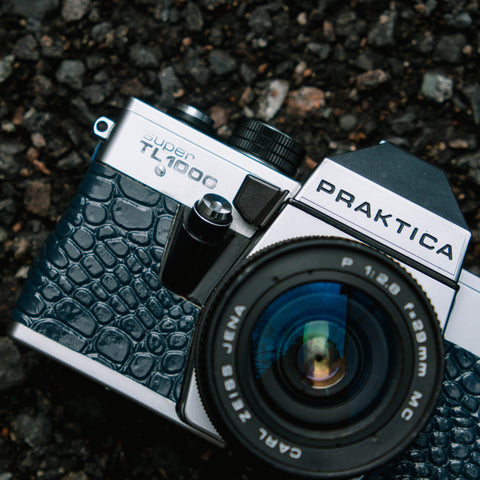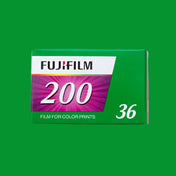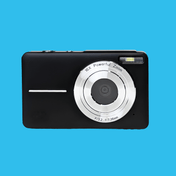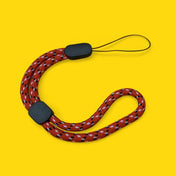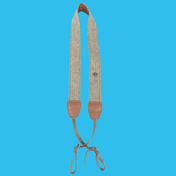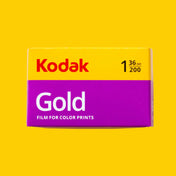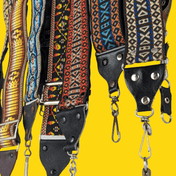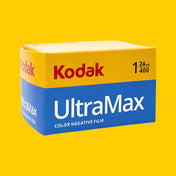In this digital age, where we have a camera on every phone and countless photo editing apps at our fingertips, it's easy to forget the simplicity and beauty of film photography. Film photography offers a unique and nostalgic way to capture your travels, giving you the opportunity to slow down and truly appreciate the world around you. In this article, we'll explore the benefits of film photography, tips for getting started, and why it's the perfect way to document your travels.
The Beauty of Film Photography
Digital cameras are unable to match the distinctive appearance and feel of film photography. A softer, more realistic image is produced by film because it captures light in a different way than digital sensors. Film can catch both dazzling highlights and deep shadows in a single shot because it has a larger dynamic range than digital.
In addition to the technical differences, film photography offers a nostalgic feel that digital photos cannot match. When you hold a real print in your hands and can clearly see the flaws and distinctive features of each photograph, it's an amazing feeling. Also, watching a movie gives a slower, more deliberate pace that enables you to fully absorb your surroundings and immerse yourself in the present.
Getting Started with Film Photography
There are a few items you'll need to get started if you want to explore film photography for your travel photos. You must first and foremost have a film camera. There are numerous choices, ranging from basic point-and-shoot cameras to more sophisticated SLRs. Online or at a nearby camera shop, you may frequently locate used film cameras for a fair price.
Then you'll require film. There are numerous types of film available, each with an own appearance and traits. Ilford HP5, Fujifilm Pro 400H, and Kodak Portra are a few well-liked alternatives. It's worthwhile to try with several film genres to discover the appearance that most closely matches your preferences and style.
Finding a lab to process your film is the last step. You can ship your film to a reputable lab or choose from among the many camera stores that offer film processing services. Film processing might take several days or even weeks, so it's vital to schedule your time carefully.
Tips for Shooting with Film
Shooting with film requires a slightly different approach than shooting with a digital camera. Here are a few tips to help you get the most out of your film photography experience:
- Take your time: Film photography is a slower process, so take the time to carefully compose your shots and consider your settings before pressing the shutter.
- Don't be afraid to experiment: One of the joys of film photography is the unpredictability and uniqueness of each shot. Don't be afraid to experiment with different types of film, settings, and compositions.
- Embrace imperfection: Film photography is not about achieving technical perfection. Embrace the imperfections and unique characteristics of each shot, and don't be afraid to make mistakes.
- Keep a record: It can be helpful to keep a record of your settings and the type of film used for each shot, especially if you're experimenting with different types of film.

Capturing Your Travels with Film
Film photography is the perfect way to document your travels, capturing the unique beauty and character of each location. Whether you're exploring a bustling city or a serene natural landscape, film photography allows you to slow down and truly appreciate your surroundings.
When traveling and shooting a movie, it's important to think about the story you want to tell. Aim to provide a complete and compelling story using the things, places, and experiences that are most significant to you.
You can slow down and take in the scenery by using film photography, which offers a distinctive and nostalgic method to document your travels. It offers a distinct aesthetic than digital photography, with a softer, more natural image and a larger dynamic range. All you need for film photography is a film camera, some film, and a lab to develop your photos if you're interested in giving it a try. Embrace the flaws that come with film photography and don't be scared to experiment. Most essential, enjoy yourself while documenting your travels in a way that will be significant and unforgettable.
-



